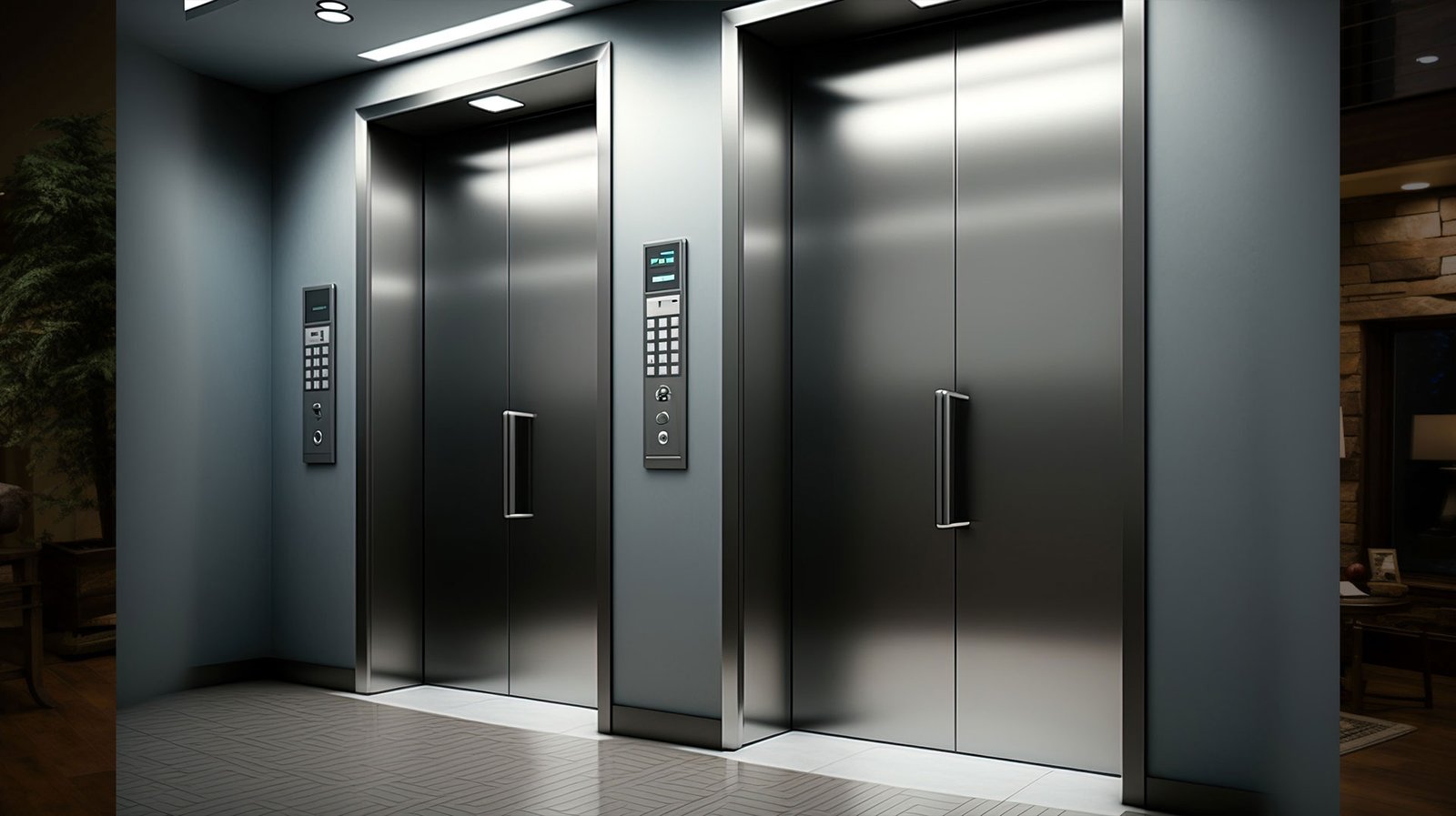


Elevator systems are comprised of several essential components that work together to provide safe and efficient vertical transportation within buildings. At the heart of the system is the elevator car, where passengers or goods are transported. It moves within a shaft guided by rails that ensure smooth and stable travel.
The hoist mechanism includes a motor, cables (or ropes), and pulleys that lift and lower the car. This mechanism is crucially supported by a counterweight, which balances the car's weight to reduce the workload on the motor and improve energy efficiency.
A sophisticated control system manages the elevator's operation, handling calls from passengers, directing the car to designated floors, and ensuring efficient traffic flow. Safety is paramount, with integrated safety systems employing sensors, brakes, and emergency devices to protect passengers and prevent accidents.
Each floor is equipped with doors synchronized with the car's movements, providing safe entry and exit points. Modern elevators may also feature advanced technologies such as touchless controls, destination dispatch systems, and energy-saving modes.
Overall, these components form a complex yet essential network that enables vertical mobility in buildings of varying sizes and purposes, ensuring convenience, safety, and reliability for users worldwide.